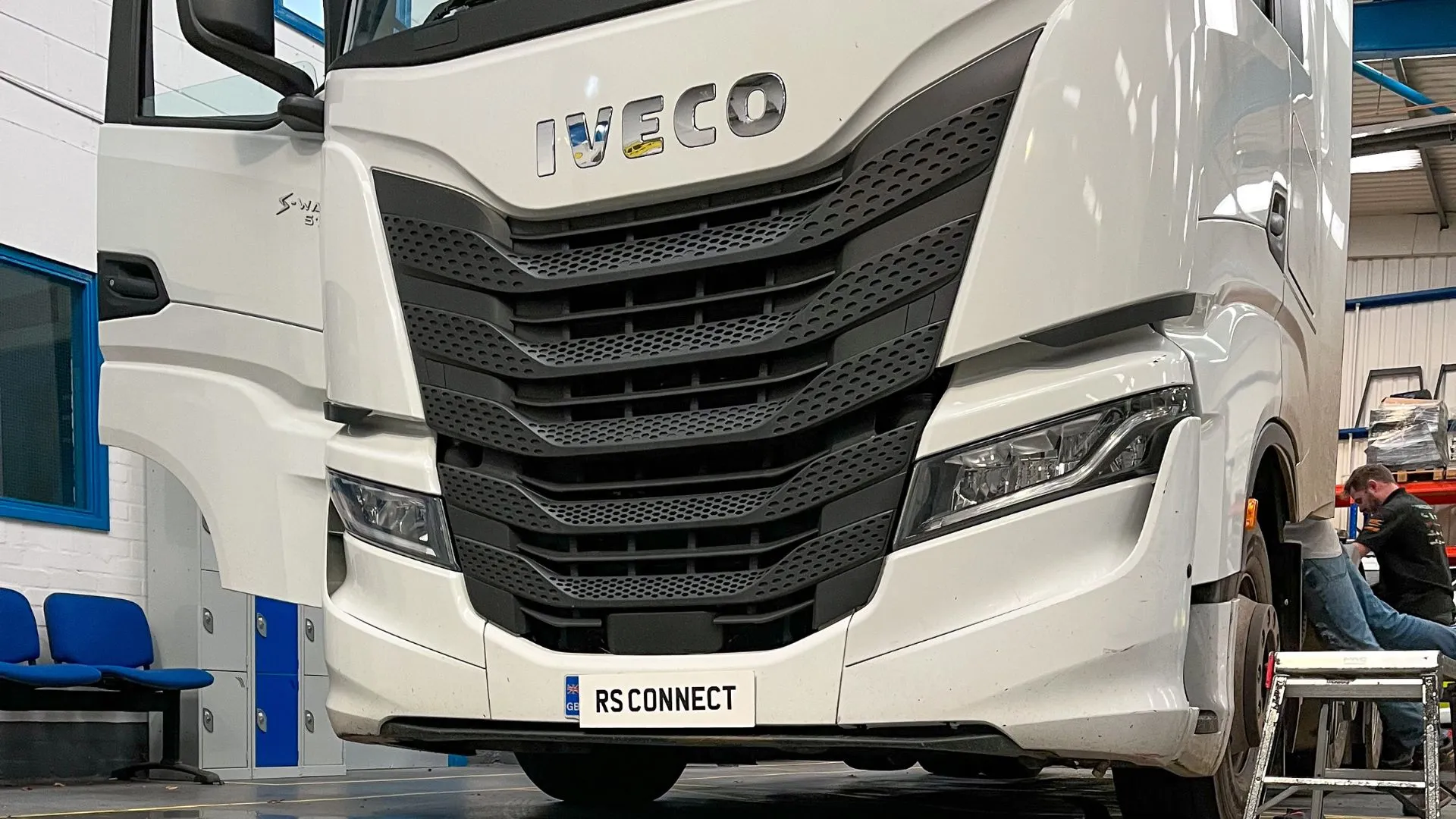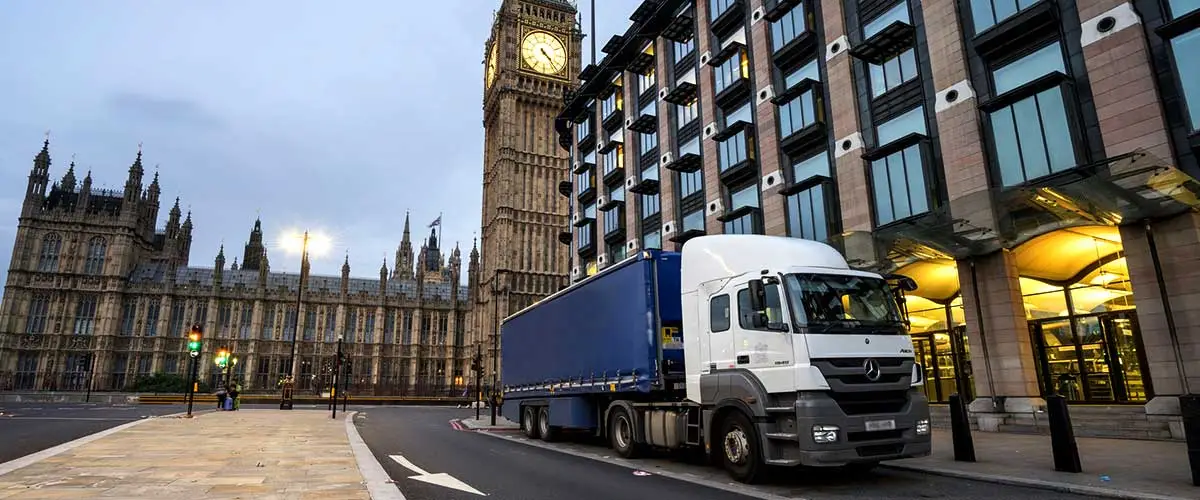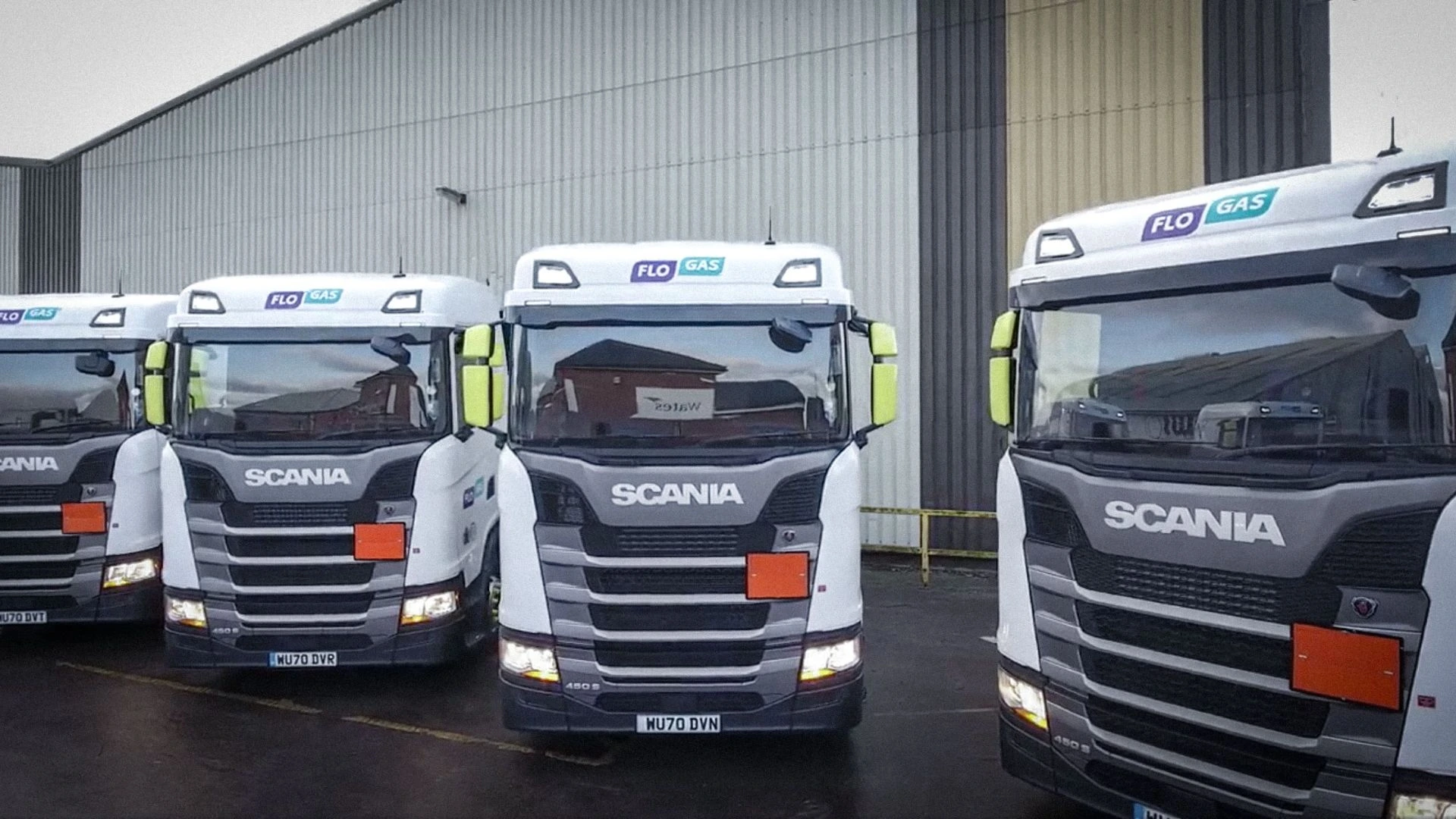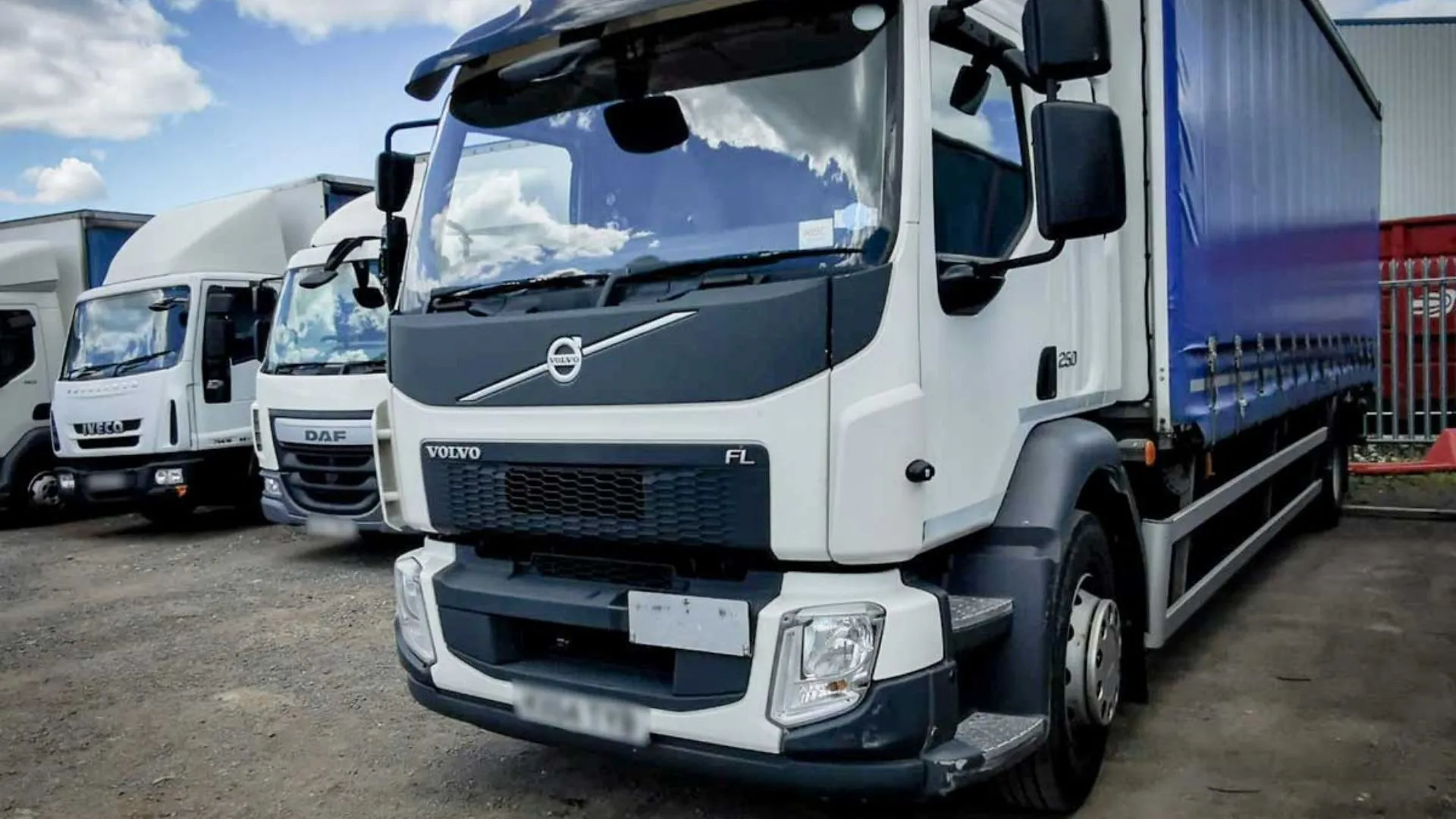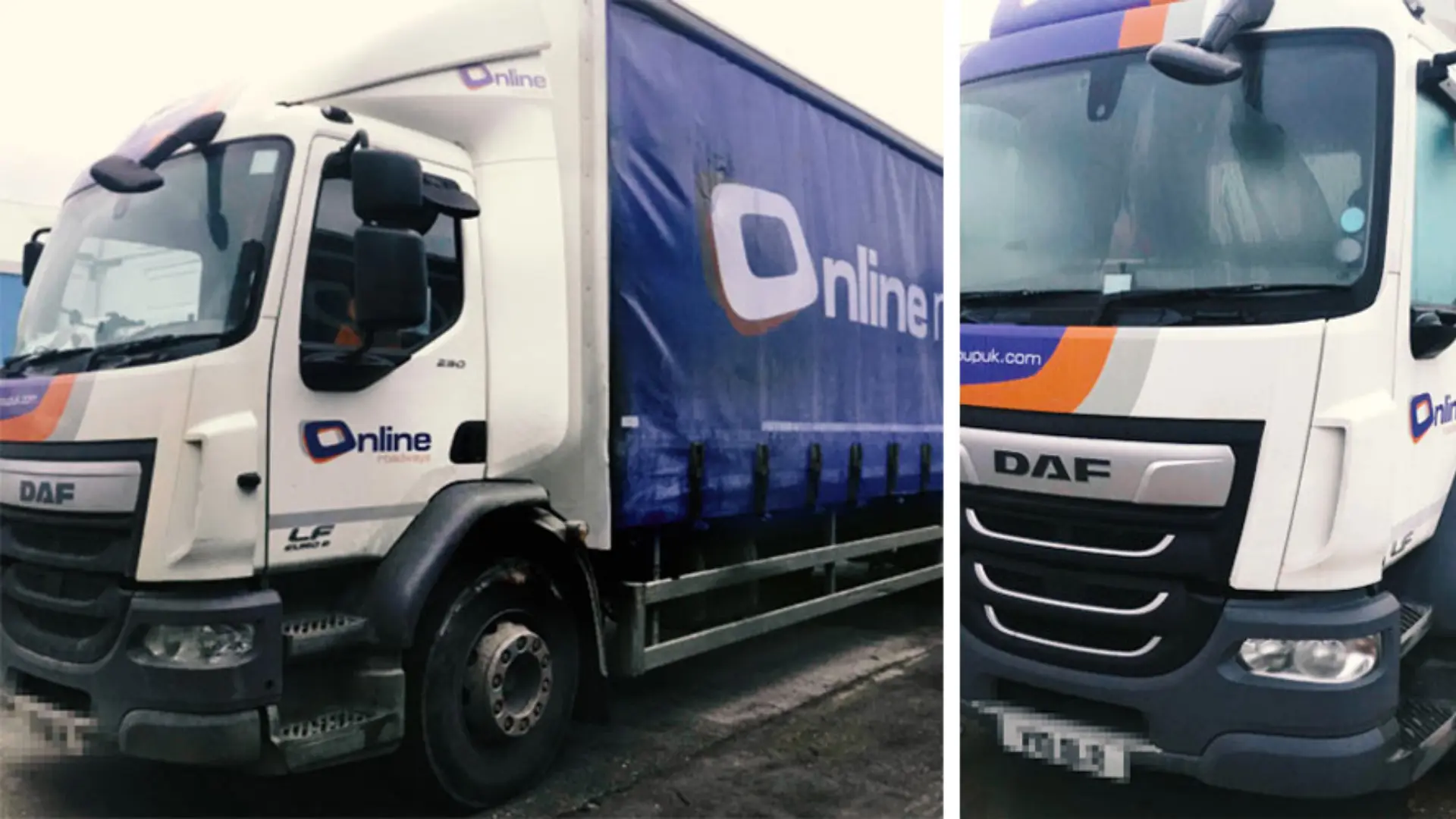Progressive Safe System
From 28 October 2024, HGVs rated below three stars will need to feature the Progressive Safe System. Find out more about the upcoming DVS changes here.
If you require assistance with the Progressive Safe System or need guidance on how to prepare for the upcoming changes, please don’t hesitate to contact us. We’re here to help you navigate the new requirements and ensure your compliance.
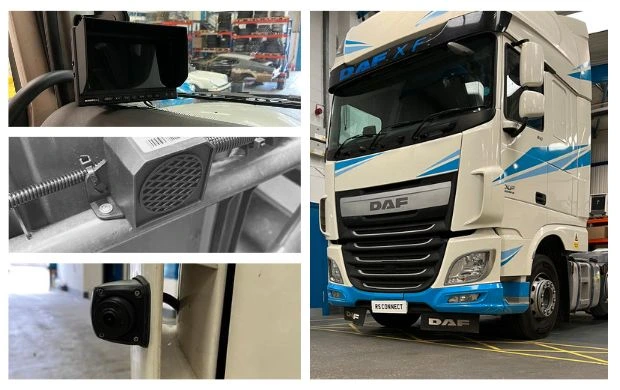
What Is The Direct Vision Standard?
The Direct Vision Standard (DVS) and safety permit for HGVs is part of the Mayor of London’s Vision Zero plan to eliminate all deaths and serious injuries on London’s transport network by 2041. Increase safety and avoid fines in the Greater London Area by ensuring your HGVs are compliant with the Direct Vision Standard (DVS). We offer expert advice, quality solutions, and reliable installation.
Quick NavigationThe Direct Vision Standard is implemented and enforced by TfL and measures how much an HGV driver can see directly through their cab windows. This indicates the level of risk to vulnerable road users, such as people walking and cycling near the vehicle.
It has been developed in consultation with an expert panel of researchers, academics and representatives from the freight industry, Europe’s foremost HGV manufacturers and regulatory bodies. TfL is also working with other European cities and the European Union to push for long-term improvements by mandating direct vision in EU vehicle design and safety regulations
ALL goods vehicles over 12 tonnes will require a permit to drive into the Greater London area, this includes vehicles registered from outside of the UK. To apply for the permit is free of charge but does require two photographs.
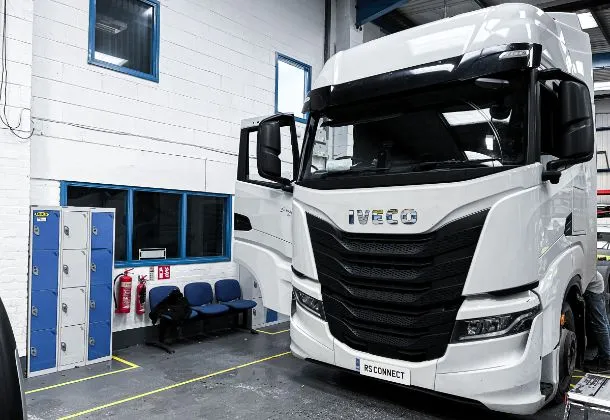
Is Your Fleet Ready For DVS?
Are you up to speed with what needs to happen and when for your lorries to be compliant when driving in London? Get in touch with our team today, we can help. As part of our service for fleet and transport managers, we will not only fit the equipment to make your vehicles DVS compliant, but we will also take the required photographs so you can quickly and efficiently process your application.
What is DVS star rating?
The Direct Vision Standard Legislation is based on what is termed a “Star rating” of the vehicle. This measures a driver’s direct view through the windows of an HGV cab.
Complying with the Safe System will not alter the vehicle’s overall star rating but will permit you to drive into the Greater London Area without incurring a fine.
What Do I Do If My Truck Is Zero-Rated By TFL?
If your vehicle is rated as Zero Star (the lowest rating, with poor direct vision) you will need to fit additional safety equipment to comply with the Safe System.
This includes the following elements:
As soon as the system is fitted with the equipment you can apply for the permit.
If your vehicle is given a Zero Star rating under the Direct Vision Standard (DVS) scheme, we can tell you what you need, and can fit the equipment for you. Please get in touch with us for more information.
DVS Safe System Kit Installation
Each RS Connect DVS Safe System kit will consist of the following items:
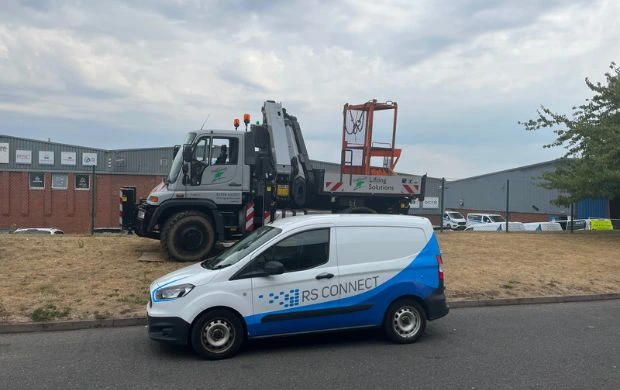
After Installation
After completion of the vehicle safety equipment installation, we will take the required photographs and forward them to the customer so that the permit can be easily applied.
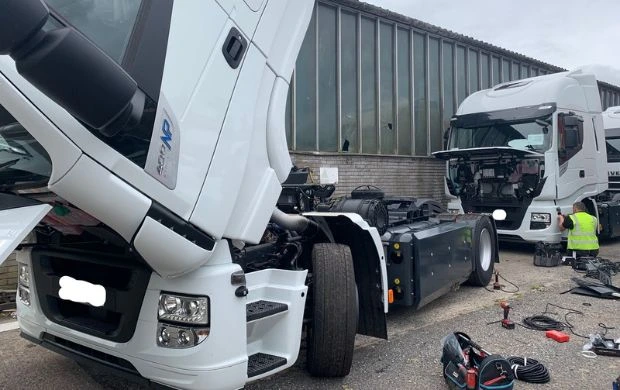
How can RS Connect help with DVS Safe System Requirements?
At RS Connect, we have extensive experience in supplying and installing Direct Vision Standard equipment and systems on a range of HGVs and are available to provide advice on what is needed to be compliant with the new regulations. We have been liaising with TfL throughout the process, and are specialists in all areas of the regulations.
Blind Spot Cameras
The DVS safe systems – including installation – provided by RS Connect start from £795 Ex VAT per system. We can provide:
- D1
- HD
- Full HD Blind Spot Cameras
as part of the DVS System.
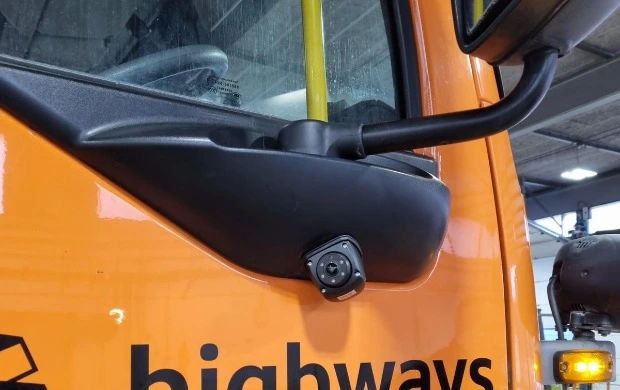
Why choose RS Connect for Direct Vision Standard Compliance
What our customers say
Frequently asked Questions About The DVS (Direct Vision Standard)
Where Is The DVS Enforced?
Below is a map outlining the area covered by the Greater London Area. If any of your vehicle fleet enters the area illustrated above will need the DVS system to avoid fines, even if you’re just passing through.
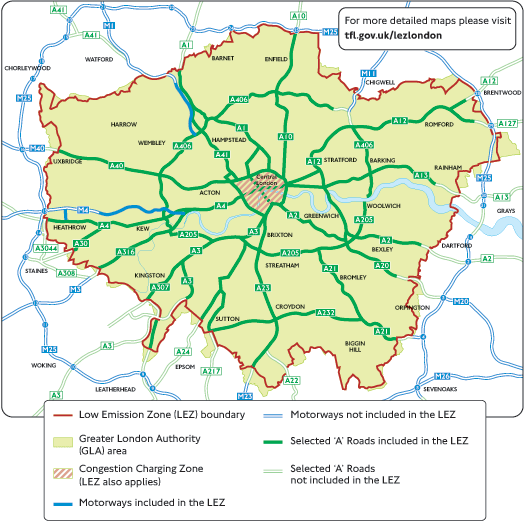
When will the DVS regulations commence?
The DVS regulations are already in place and applicable to all HGVs over 7.5 tonnes entering Greater London, as of October 26th, 2020. However, due to the Coronavirus pandemic, enforcement (and fines) were delayed until March 1st, 2021, before they resumed. The scheme is operational 24 hours a day, every day of the year.
What are the DVS fines & penalties?
Since enforcement began in March 2021, if you drive an HGV within the Greater London area without a valid permit, you may receive a penalty charge notice (PCN) of up to £550 (reduced to £275 if paid within 14 days). There is also a fine for the driver of £130.
Regardless of whether you believe your vehicle meets the standards, if it’s over 12 tonnes (GVW) and you’re entering or operating in Greater London, you need to hold a valid HGV safety permit to avoid receiving a PCN
Automatic Number Plate Recognition (ANPR) cameras are set up to detect vehicles, which are then checked against the TfL database.
TfL also has the authority to revoke or suspend a permit if a vehicle that has been granted a permit is later found to be in breach of the permit terms. It is therefore crucial that the DVS Safe System is correctly installed, as any non-compliant element could lead to a suspension of the permit. The side scan sensors must work even if the vehicle isn’t turning left. Even if a vehicle is rated as Five Stars, it is imperative that a permit is applied for.
How do I find out my vehicle’s Direct Vision Star rating?
You can check whether TfL holds a star rating for your vehicle by visiting the TfL website.
If the star rating is not available, then contact us for assistance.
If your vehicle is rated One, Two, Three, Four or Five stars then you can apply for a permit immediately. Bear in mind applications can take up over a month.
How do I apply for a DVS permit?
HGV operators will need to apply for a permit for their vehicles. The permit is free of charge and there is no requirement to display anything in the vehicle – all enforcement is via ANPR. To apply for a permit: follow this link.
How long do DVS permits last?
The duration of the HGV Safety Permit depends on whether the vehicle meets the minimum DVS requirements or if it was granted an exemption to the Safe System.
Zero, One and Two-star vehicles with an approved Safe System will be granted a permit until October 2024 when the progressive system will be required. The Safe System will be reviewed and consulted on in 2022 and will consider any additional technology or safety equipment not currently available.
Which vehicles are included in the DVS?
ALL goods vehicles over 12 tonnes will require a permit to drive into the Greater London area, this includes vehicles registered from outside of the UK. To apply for the permit is free of charge but does require two photographs. Cars, vans, buses and coaches are not part of the DVS regulations – just trucks over 12 tonnes. Not sure, send us a message and we will be glad to assist you with this.
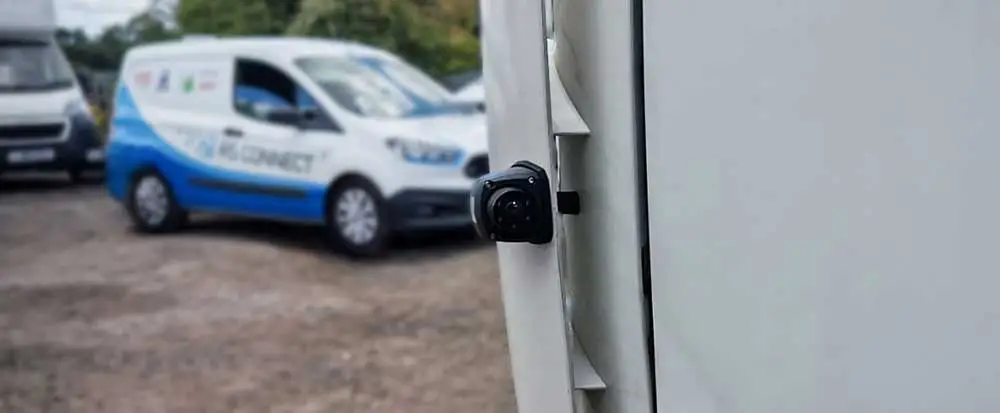
How does FORS work alongside DVS?
The existing Fleet Operator Recognition Scheme (FORS) is a voluntary accreditation scheme for fleet operators which aims to raise the level of quality within fleet operations and has been around for over ten years. Its aim is to demonstrate which operators are achieving exemplary levels of best practice in safety, efficiency, and environmental protection. You can check out our comprehensive information pack on FORS here for more details.
Becoming a FORS member can bring you the peace of mind that your company is managing its work-related road risk (WRRR) – and demonstrates to your customers and supply chain your commitment to exceeding the industry standard. You can find out more here.
The scheme starts at the Bronze level, then on to Silver and finally Gold. Several companies and projects such as HS2 are demanding that any vehicle that wants to access a site must have FORS Silver accreditation.
Vehicles with FORS Silver accreditation also satisfy the demands of the DVS requirements but must apply for the permit independently. Vehicles accredited with FORS Bronze do not necessarily satisfy the DVS requirement and should check with RS Connect as to what may be required.
How to find out more about DVS
If you have any queries about the Direct Vision Standard (DVS) system, its requirements, or how to check your vehicle’s DVS star rating, our team is ready to assist you.
We provide advice on vehicle technology installations for Safe System improvements. Furthermore, if you have questions about the upcoming Progressive Safe System, we can provide clarity. Contact us now for comprehensive assistance with all your Direct Vision Standard related inquiries.
Direct Vision Standard Examples
Take a look at some projects below and see how we have supported customers every step of the way from assessing their fleet, hardware selection installation and after sales support. Get in touch with us today for more information
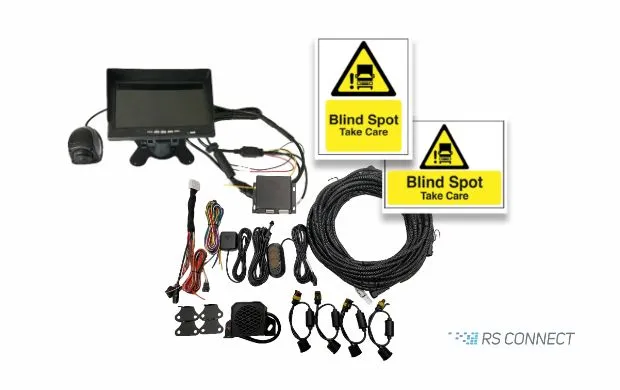
I Have A FORS Bronze System Fitted, Do I Require Anything More?
For fleets that have FORS Bronze fitted, as a minimum you will require the following additional elements;
Cameras are not necessarily part of the FORS Bronze standard, but some may have them already fitted. If you have a FORS Bronze system fitted, please contact us for advice as to what would be required in addition to what has already been fitted to fully satisfy the DVS regulation.
Difference between Direct Vision Standard and FORS Silver
Customers usually ask what the difference between these forms of fleet compliance are. DVS as defined by TfL requires a camera looking down the blind spot side of the vehicle connected to a monitor and side scan sensors fitted down the length of a rigid or a tractor unit, coupled with a turn left alarm. As is the case with DVS, the FORS Silver minimum requires a camera that monitors the near-side vehicle blind spot, monitor, side scan sensors and turn left alarm to be fitted to all HGV vehicles over 3.5 tonnes.
Confused by the differences between DVS and FORS Silver? Find out more here.
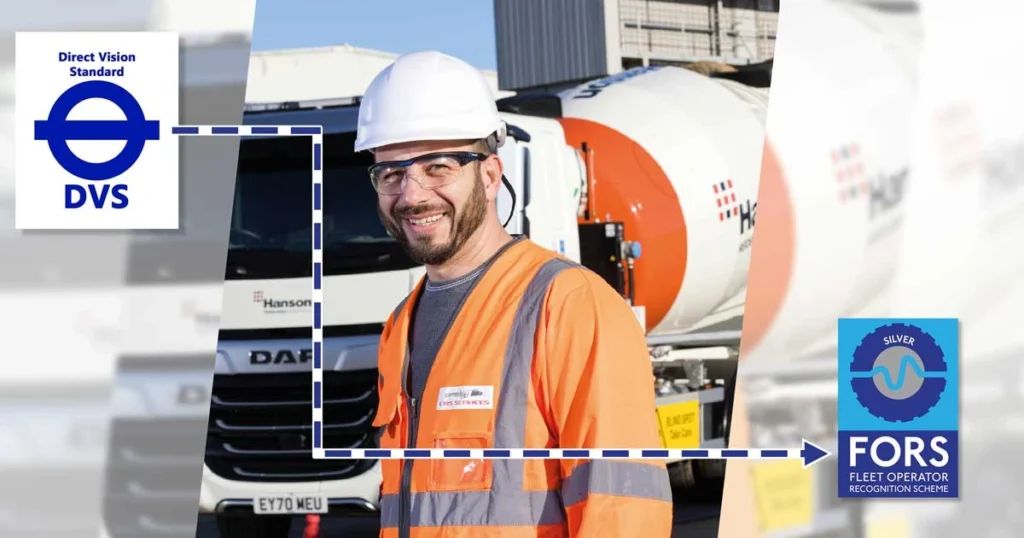
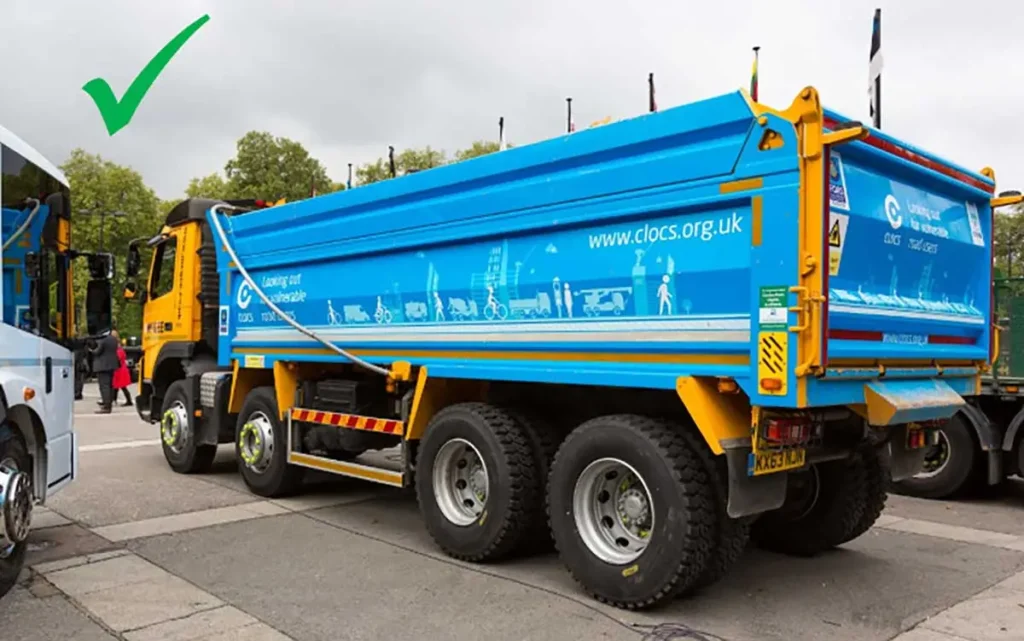
Rules For Safety Evidence Photos
If you’ve been asked to provide safety evidence as part of your application, you will need to upload two photos to show that a Safe System has been fitted to the vehicle
What Your Photos Must Show
Your photos must:
If your vehicle is partially exempt and not required to have specific safety features fitted, the photo should support the reason for exemption.
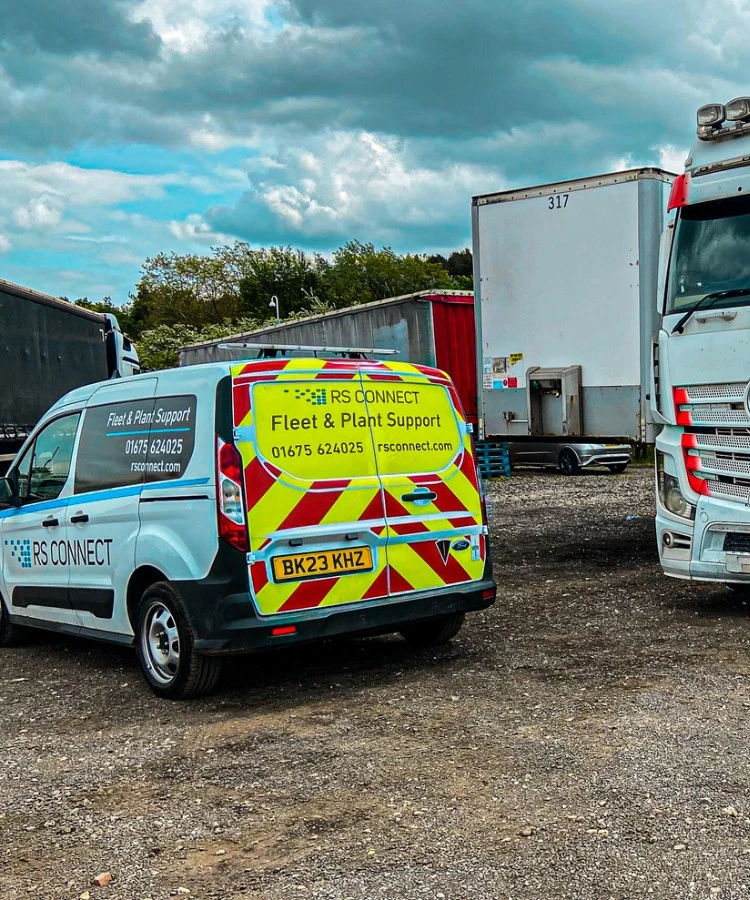
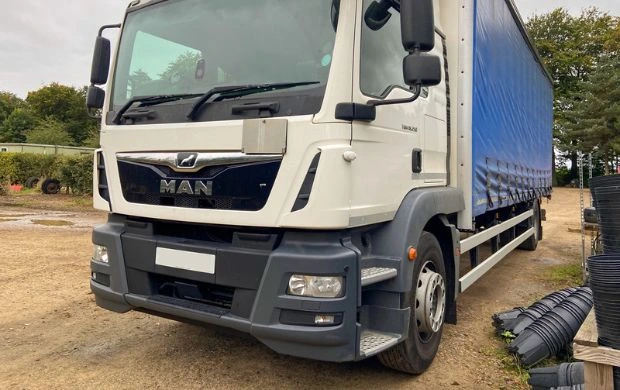
Installation Services
For companies looking to have a FORS Silver system fitted or are looking to have a DVR system fitted at the same time, then please contact us for more information. Let us know using the form below and a member of our team will be in touch with you to discuss you requirements

